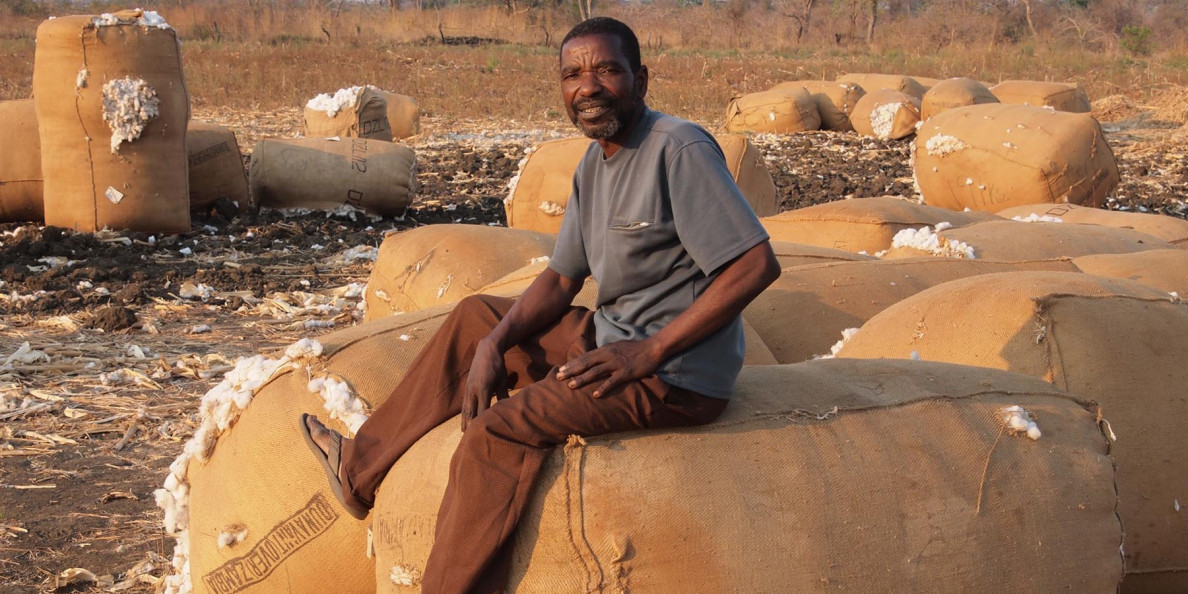Zimbabwe’s cotton deliveries have reached 100 000 tonnes – surpassing last year’s national output of 74 000 tonnes, The Cotton Company of Zimbabwe has said.
At its peak in 2013, the country produced 352 000 tonnes of cotton, but plummeted in recent years chiefly due to poor funding.
Cottco head of operations Marjorie Chaniwa at the weekend said deliveries are ongoing in some areas, particularly in the Lowveld, where farmers are still harvesting and indications are the tonnage will continue to increase.
“Almost 100 000 tonnes of cotton have been delivered,” Ms Chaniwa told farmers at the launch of this year’s Presidential Cotton Inputs Scheme in Ngundu, Masvingo.
At 100 000 tonnes, Cottco’s intake is about 1000 percent up in three seasons, having risen from about 10 000 tonnes in 2015 /16 season to 54 000 tonnes in 2016 /17 season. The company had targeted an output of 100 000 tonnes this season.
Ms Chaniwa said the Government scheme has helped several thousands of farmers to resume cotton production.
Most farmers had switched to other crops due to poor prices and lack of adequate support from companies.
“Cotton production had become so unviable and many farmers had switched to other crops,” said Ms Chaniwa.
“But we would like to thank Government for this initiative, which has empowered thousands.”
Cotton industry remains strategic to Zimbabwe’s economy.
It sustains about 400 000 households and has potential of significantly generate foreign currency after tobacco.
As a result of inadequate levels of inputs and agronomic support by cotton merchants – which led to low yields – high side-marketing and in poor debt recovery in the past few years, the industry almost collapsed.
In 2015, output fell to 28 000 tonnes, the lowest since 1992.
Poor debt recoveries also resulted in contractors perceiving a higher level of risk and consequently cutting back on the inputs financing.
Speaking at the same event, Minister of State for Masvingo Mr Josiah Hungwe, said farming support by the Government was aimed at broadening the agricultural base.
Minister Hungwe said unlike in the previous seasons where inputs were distributed late, the Government was making sure that inputs are disbursed on time.
Cotton Producers and Marketers Association president Mr Stewart Mubonderi, urged people to take advantage of the programme to empower themselves.
“Be part of this scheme. We have seen a significant improvement in the livelihoods of many people and I urge all of you to partake in this programme,” said Mr Mubonderi.
Zimbabwe’s cotton season runs in two phases: production and marketing between October and April and May and September respectively.
Zimbabwe’s ginned cotton, also known as lint used to fetch a premium price (above average) of 6c per kg on global markets.


